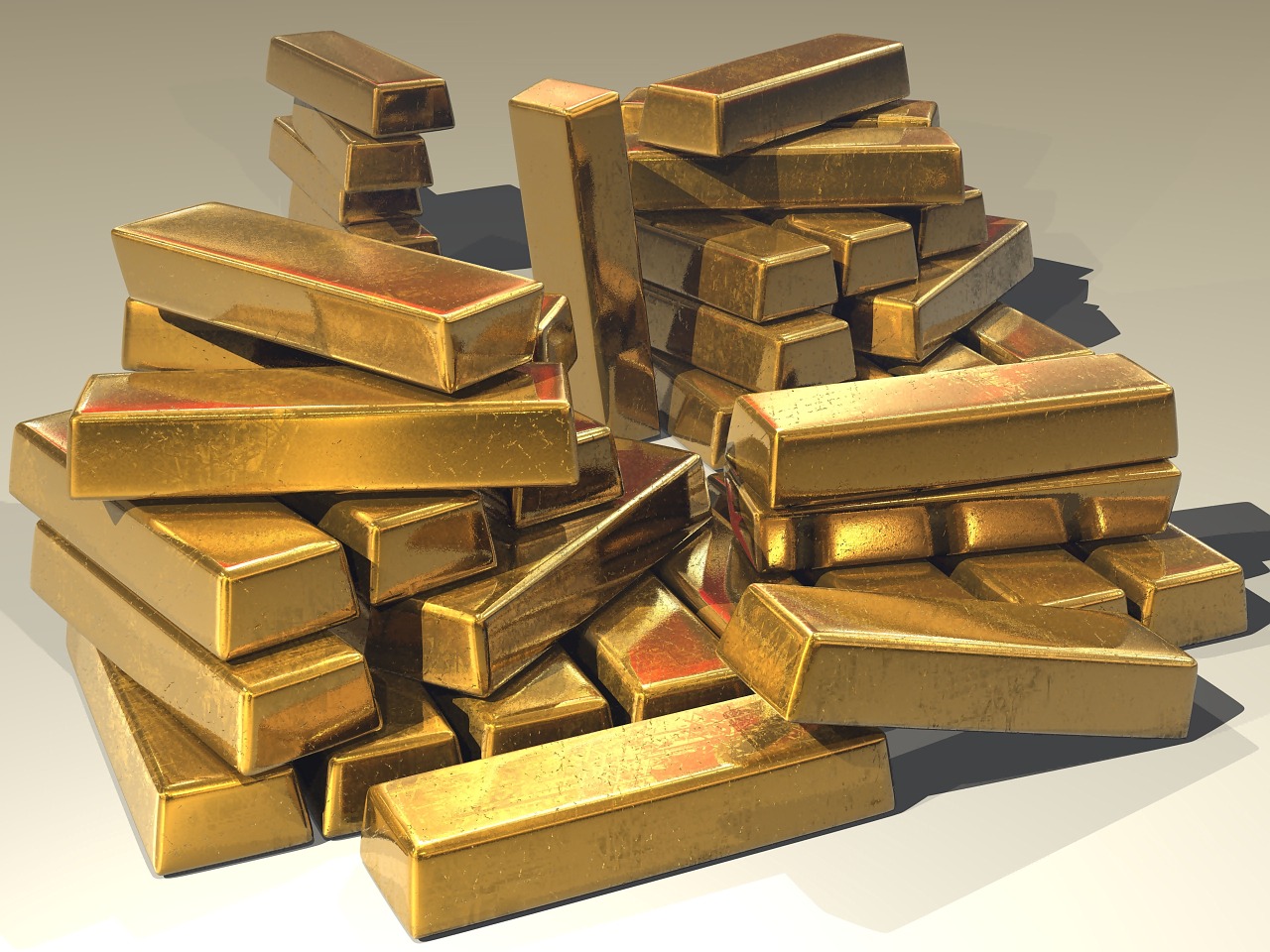Traditionally, gold is hailed as an inflation hedge as the general public and investor communities expect it to gather value during inflationary times. But the metal shows quite a spotty historical record, indicating the loopholes in this belief. For instance, during the 2008 global economic turndown, gold registered almost 24% gains compared to the S & P 500 index, which lost around 37% value. But in contrast, gold investors lost approximately 10% from 1980 to 1984, when annual inflation rates touched 6.8%.
Q2 2022 hedge fund letters, conferences and more

What happened in recent months is also quite the opposite of gold’s inflation-hedge notion, as the metal showed a ‘months-long’ decline amid record high inflation. Various conflicting factors affect gold valuation; hence the relation between this metal and inflation is no longer much simple.
Gold’s 2022 Outlook: Interest Rate Hikes Pinning Gold Prices Down
During the starting months of 2022, the price of gold rallied to new heights in reaction to the Russian invasion of Ukraine. This ‘price surge’ materialized as investors turned towards gold due to its significance as a safe haven amid geo-political uncertainties. However, the yellow bullion began shedding value shortly after, struggling between the opposing forces of sky-high inflation and interest rate hikes.
According to a UN June 2022 report, the world’s economy is under heavy inflationary pressure, and global inflation is projected to increase further to 6.7% in 2022, twice the average of 2.9% recorded during 2010-2020. Moreover, the US has reached the highest inflation level in four decades while emerging regions, including Western Asia and Latin America, are also experiencing soaring food and energy prices.
Despite such high inflation, the primary reason for gold prices’ decline is the aggressive monetary policies implemented by global central banks, resulting in regular up-ticking of interest rates. Of course, the non-yielding metal loses its appeal to yielding securities when interest rates are boosted. During such unstable times, you can turn to market forums like easymarkets.com to take advantage of gold CFDs and proficiently navigate both ascending and declining markets.
Signs Of Recovery Amid Fed’s Dovish Stance – Where Is Gold Headed Next?
Recently, the rare bullion has settled on its rebound trajectory due to easing recession worries, after plunging to as low as $1680/oz level last month. The current optimistic sentiment has emerged as a result of decreasing inflation signs and the Fed’s dovish demeanor, after a long cycle of periodic base point hikes. However, investors have set their sights on the upcoming official statements and meetings for solid guidance to establish a firm direction.
Gold’s strategic role and upcoming path will depend on a tug-of-war between two diverging forces. The metal could be pressed down if the next cycle of higher interest rates commences side by side with a ‘strong’ Dollar. But these adverse effects might get canceled out by consistently high inflation, enhanced geo-political risks, and fearful investors’ sentiments. While gold’s next direction is blurry, investors are hopeful about the yellow metal’s appreciation after a very strenuous and gloomy first two quarters.
